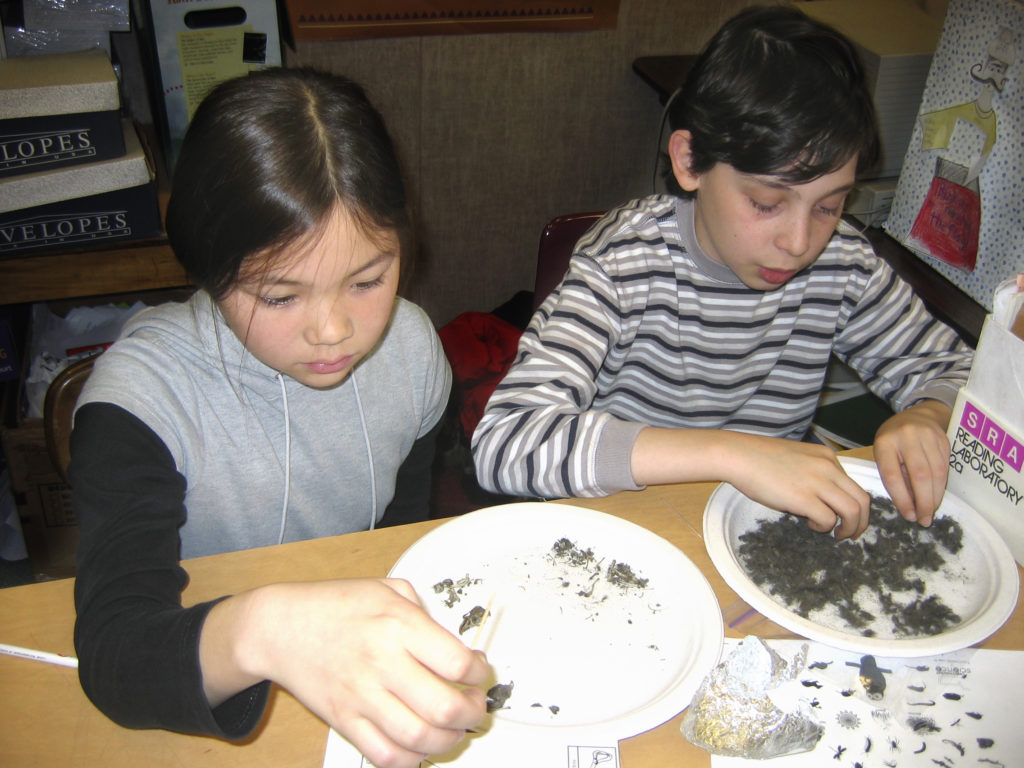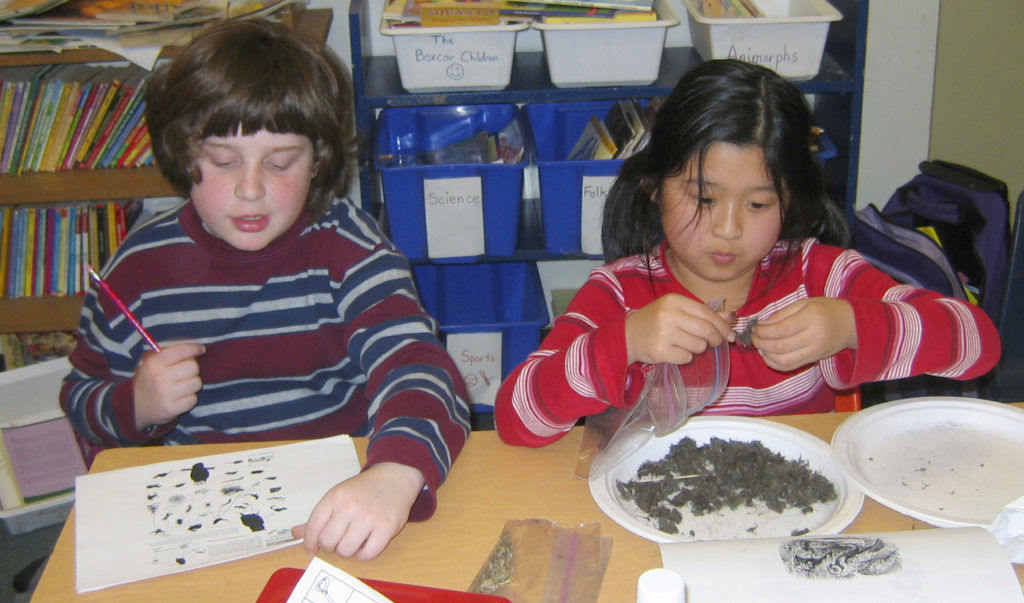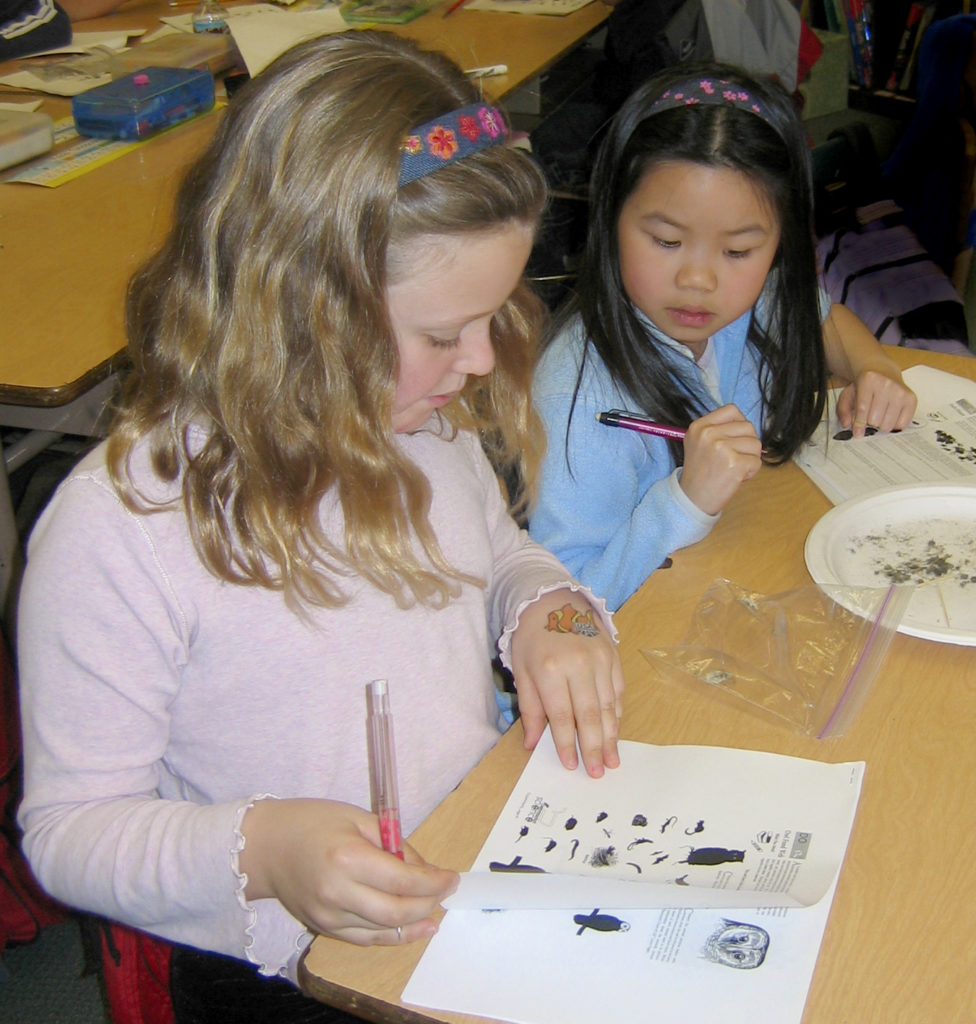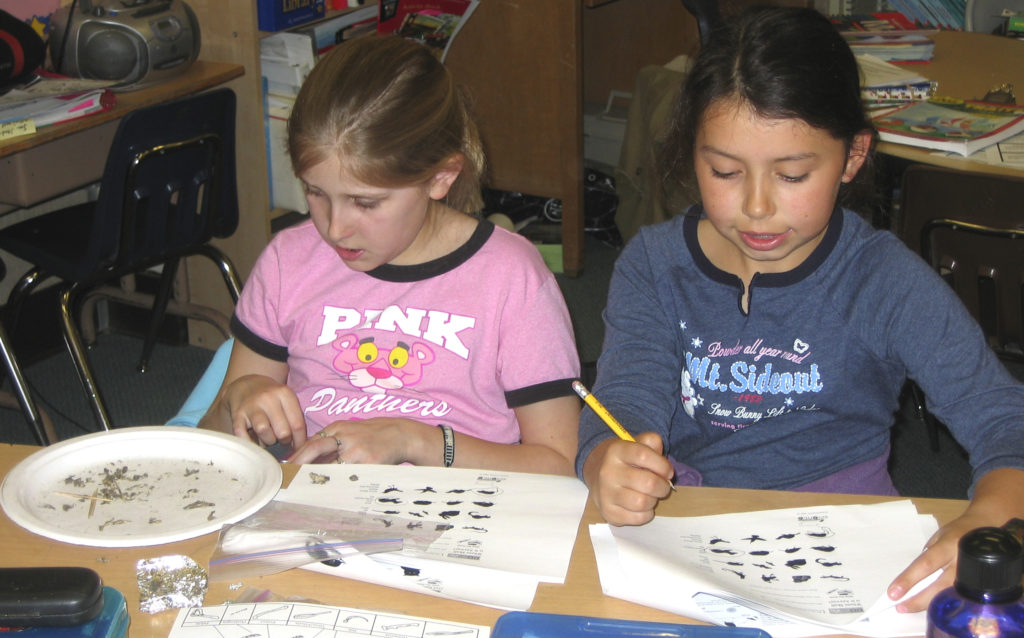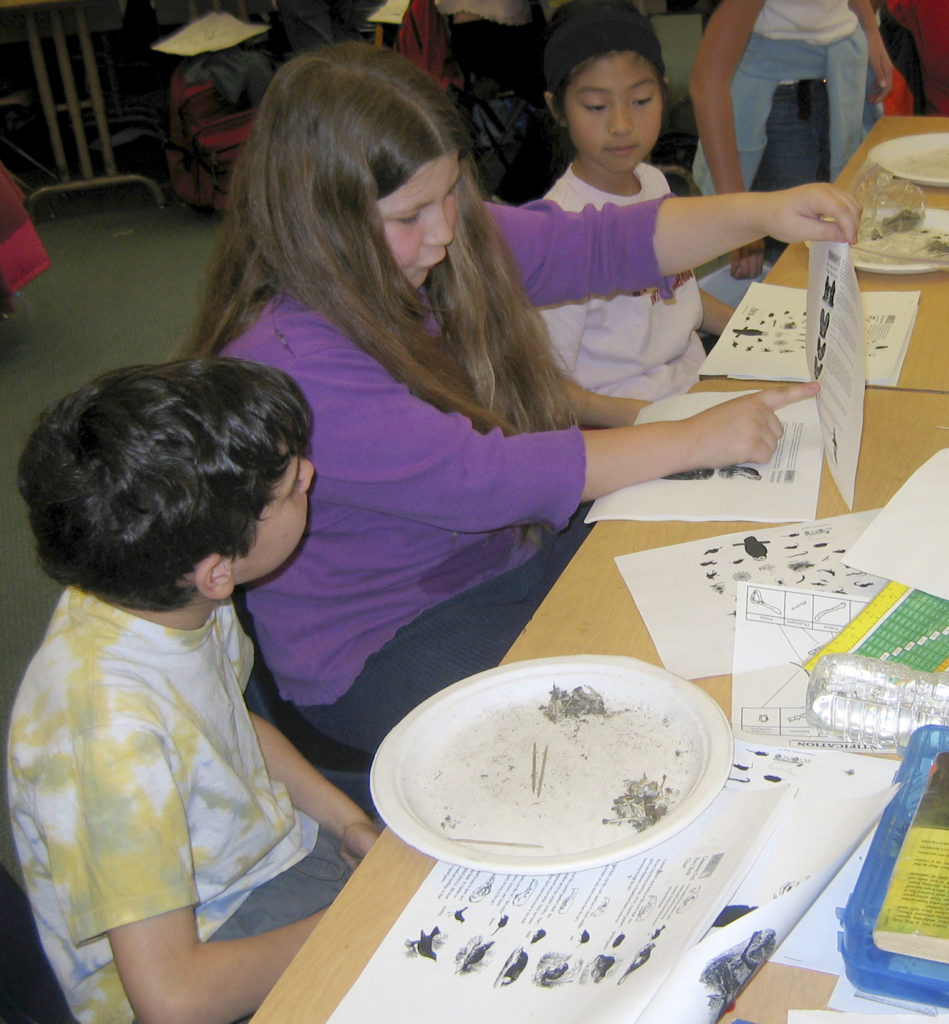Backyard Food Webs
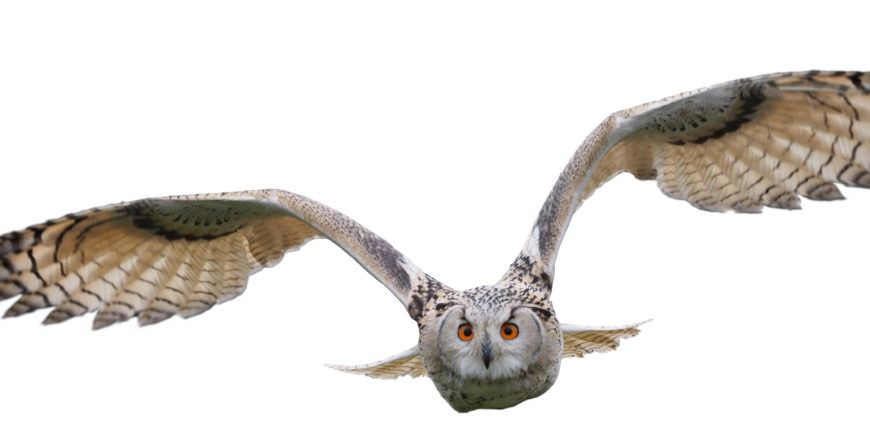
Supermarket Science Materials are organized into thematically linked sets with experiments and activities as well as background information that makes them easier to do. There are also a bunch of simple, fun art and writing projects. All of the activities can be done alone or in conjunction with other project sets. Choose activities that are developmentally appropriate to your children.
All Supermarket Science Materials are primarily geared toward students in elementary and secondary schools, as well as their parents and teachers, but can be expanded to higher grades. The activities are designed to advance the understanding of concepts of biology, ecology, geology, and sociology based on local resources like a backyard or a local grocery store. All of the materials in this set and others link the Core Curriculum Standards. Use the Core Curriculum Standards to focus the activities to a particular grade level.
There are also LEARN, SHOW, USE, DO, and TEACH pages. LEARN pages are designed to be given to the students. They contain explanations, stories, or diagrams. SHOW pages usually present interesting photographs or illustrations that demonstrate specific concepts. USE pages are created as supplemental materials for the activities and experiments. Animal Cards and Map Cards are examples of USE pages. And finally, the DO pages contain the actual activities and experiments. Please use the back of these pages as scrap and add additional pages as needed.
On some pages, there are icons of animals. For example, an activity about elephants might have an elephant icon next to it. These icons can be used as keys to link information between all of the Supermarket Science Materials.
Most DO pages have a What You Need list of items in the margin under the title of the activity. This is a quick reminder of what children should have while doing the activity. It might look something like a list on the right: Animal Stamps pages, Animal Cards pages, research books, pencil, scissors, glue.
Some of the activities in this set use of cards from the Supermarket Science Cards or Stamps USE pages. Creating taxonomies is part of the scientific process. The card games and activities allow kids an opportunity to practice this skill.
There are many activities which can be done using information about animals and habitats. This set shows some possibilities. We encourage you to come up with others. Think of these activities as inspirational examples, jumping off points.
In these activities, children are asked to analyze data and to come up with a scientific conclusion through logical reasoning.
Some of these activities ask kids to identify the animal remains inside an owl pellet by using a classification chart. Kids will discover evidence of owl’s carnivorous lifestyle. Using their experimental data and research, kids can construct a complex food web of owl’s habitat.
You can use real owl pellets or work with the SHOW page that documents the little bones that were found in an owl pellet that we dissected. If you decide to dissect an owl pellet yourself, make sure to disinfect any you find in a wild. You will find instructions on the SupermarketScience.com. Or you can order owl pellets from Niles Biological, Inc. at http://www.nilesbio.com. They are located at 9298 Elder Creek Road, Sacramento, CA 95829 and can be reached at (916) 386-2665. If working with real owl pellets, you will need a paper plate as a dissection surface, a few tooth picks to aid in the dissection of an owl pellet, and a ziplock bag to store the bone remains. Make sure to wash hands carefully after the dissection.

